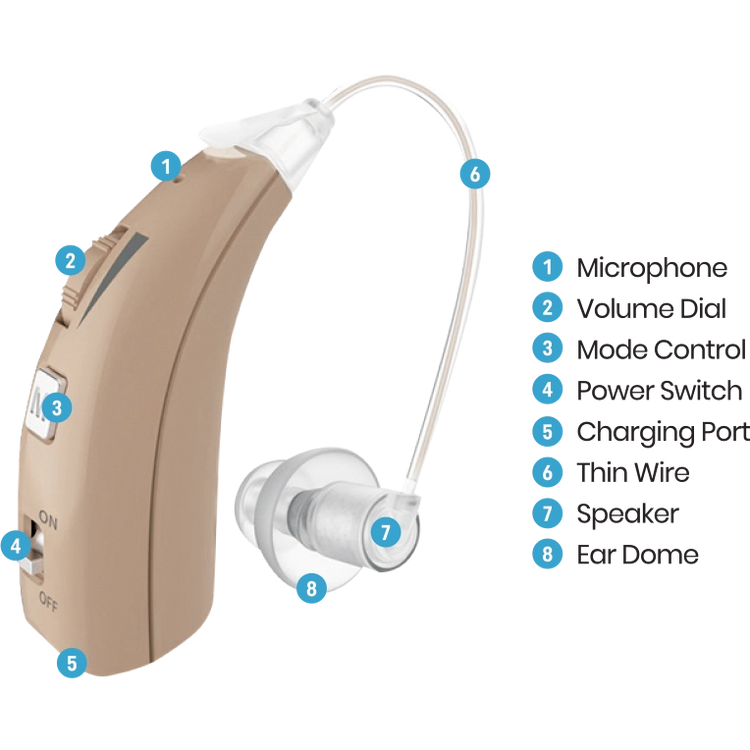Introduction
Auditory dyslexia poses significant challenges for individuals in understanding and interpreting auditory information accurately. This condition affects how the brain processes sounds, making it difficult to distinguish between similar sounds or follow spoken instructions without additional support.
Tools and Techniques
Managing auditory dyslexia involves leveraging various tools and techniques. Speech-to-text software can aid in converting spoken words into written text, enhancing comprehension and reducing reliance on auditory processing alone. Visual aids such as charts, graphs, and diagrams can supplement verbal information, providing additional context and clarity.
Supportive Interventions
Educational accommodations play a crucial role in supporting individuals with auditory dyslexia. Preferential seating in quiet areas of classrooms, along with the use of FM systems or hearing aids, can enhance auditory signal clarity. Teachers and peers can facilitate effective communication by speaking clearly and using simple, concise language, minimizing potential misunderstandings.
Conclusion
Auditory dyslexia requires tailored strategies and support to improve auditory processing and communication skills. By incorporating assistive technologies and educational accommodations, individuals with auditory dyslexia can overcome challenges and achieve academic and social success. Early identification and comprehensive intervention are key to managing auditory dyslexia effectively.






